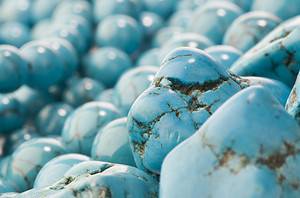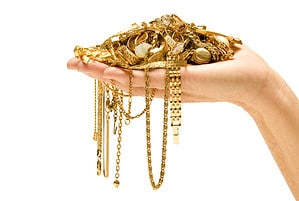While finding one can be rare, meteorites fall everywhere on Earth. Many descend into the depths of the ocean, lost forever. But some tumble to the ground and blend in with the rocks below. If you’ve ever found an unusual-looking stone or rock, you may wonder if it’s an object from outer space. Space rocks often look similar to Earth rocks. Learn how to identify space rocks and check out these rocks that look like meteorites.
How to Tell if a Rock is a Meteorite
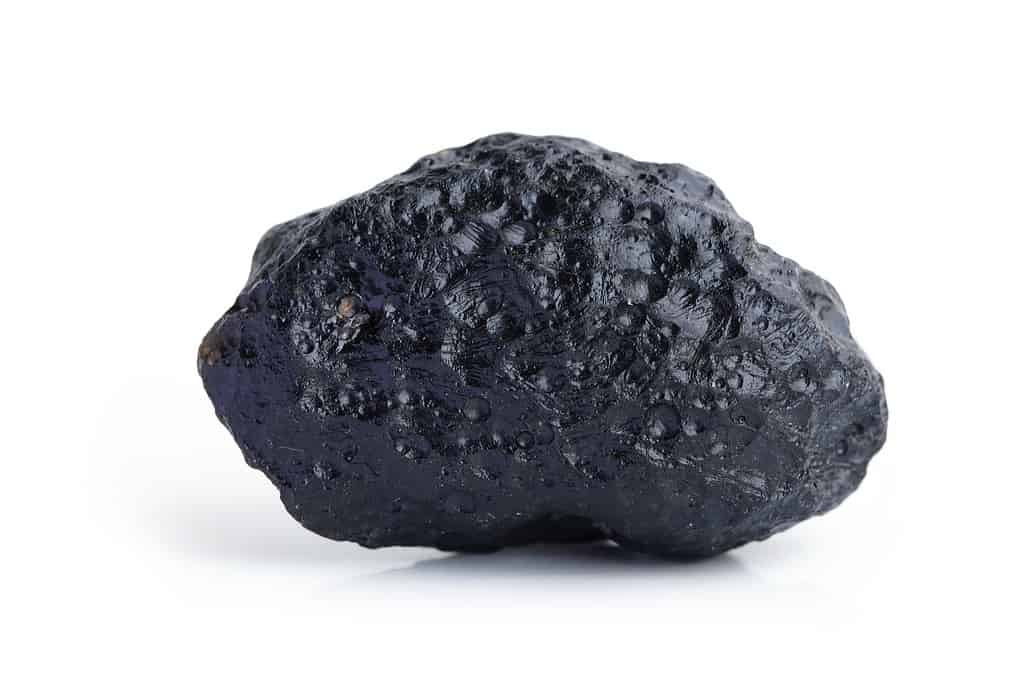
A meteorite is dense, metallic, irregularly shaped, and contains pits.
©Sanit Fuangnakhon/Shutterstock.com
Meteorites are pieces of metal or rock fragments that hurl from space toward the Earth. These rare objects can be difficult to decipher from regular rocks and stones, but there are a few ways to help distinguish them. When compared to rocks found on Earth, meteorites are heavier due to their makeup of dense minerals. Most space rocks contain metallic iron and often respond to magnets. They also have irregular shapes and pits called regmaglypts that resemble fingerprints. Finally, meteorites will usually contain a delicate crust that occurs as it passes through the Earth’s atmosphere.
Rocks That Look Like Meteorites
Slag
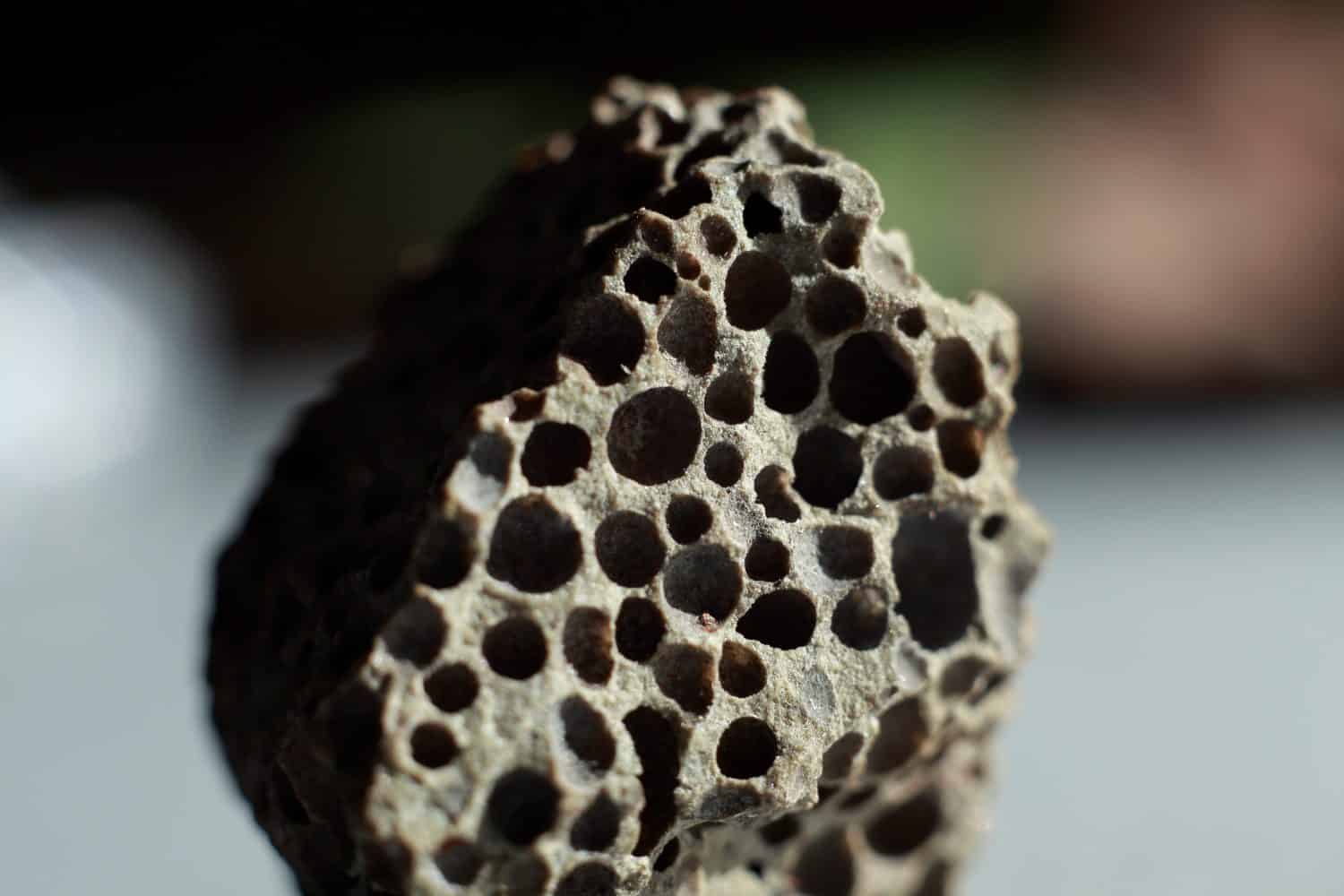
This by-product of metal extraction is commonly mistaken for a meteorite.
©Wojmac/Shutterstock.com
Slag is the most common rock mistaken for a meteorite. It is the by-product of extracting metals from ore and is often associated with road construction, railroads, and other landscape materials. Slag is dense, typically black, and often magnetic, which is why many people think they’ve found space rocks when they come across this material. However, this rock is glassy and often contains vesicles, both things dissimilar to a meteorite.
Magnetite
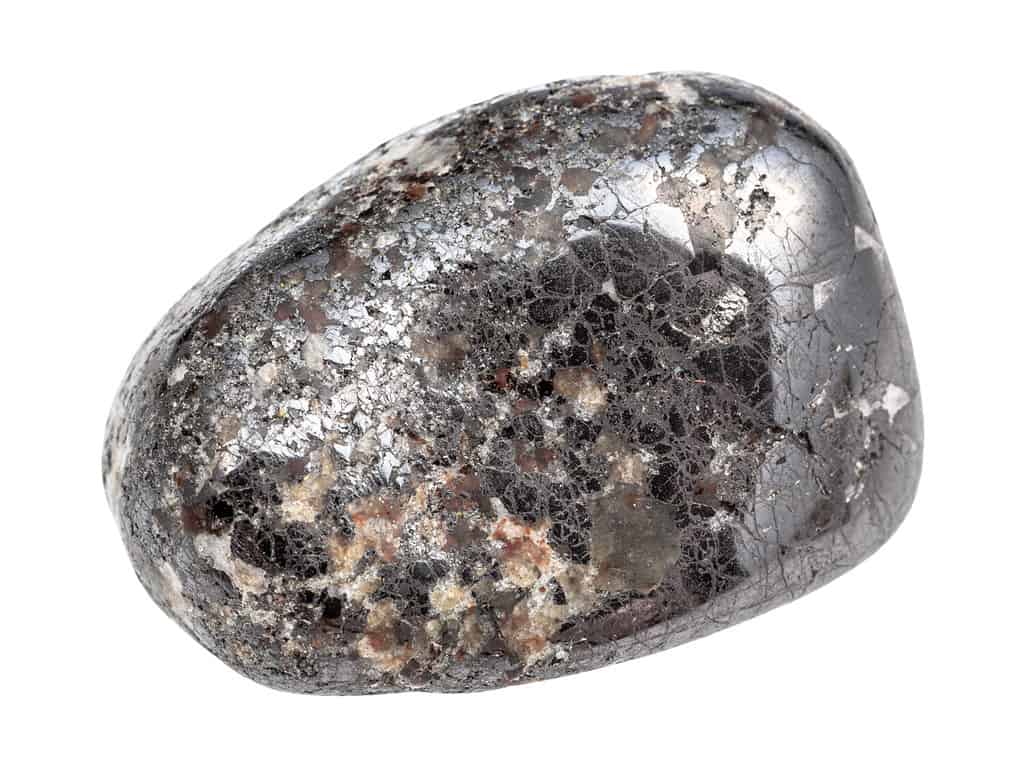
Magnetite leaves behind a gray streak when scratched against ceramic.
©vvoe/Shutterstock.com
The mineral magnetite is iron ore and ferrimagnetic, meaning it is attracted to magnets and can become a magnet itself. Magnetite is black, metallic, and relatively common, so it often gets mistaken for a space rock. A simple scratch test is an easy way to distinguish between the two. Scratch the rock on a piece of ceramic tile; if it leaves a gray or black streak, you are likely dealing with magnetite.
Hematite
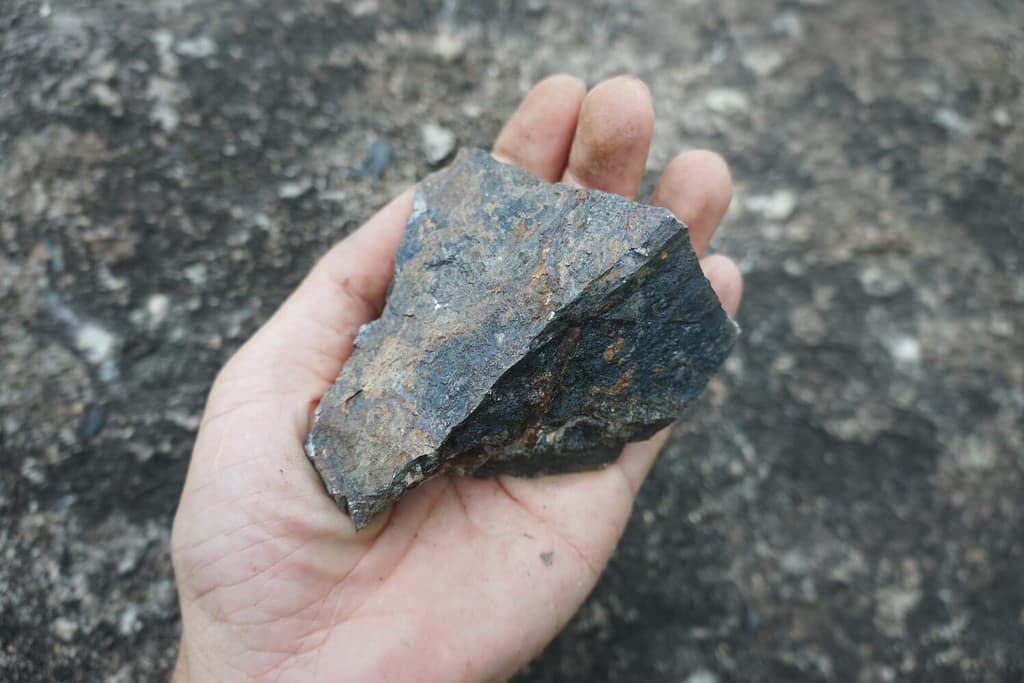
This mineral features a deep red powder when filed.
©Yes058 Montree Nanta/Shutterstock.com
Hematite is a heavy oxide mineral with a high iron content. They can have a range of colors, from black, gray, and metallic to brown and deep red. When hunting meteorites, you’ll likely come across this mineral as a small nodule, which may even stick to magnets, though not always. The powder from filing hematite is a rouge red pigment, an easy giveaway that it’s not a meteorite.
Basalt
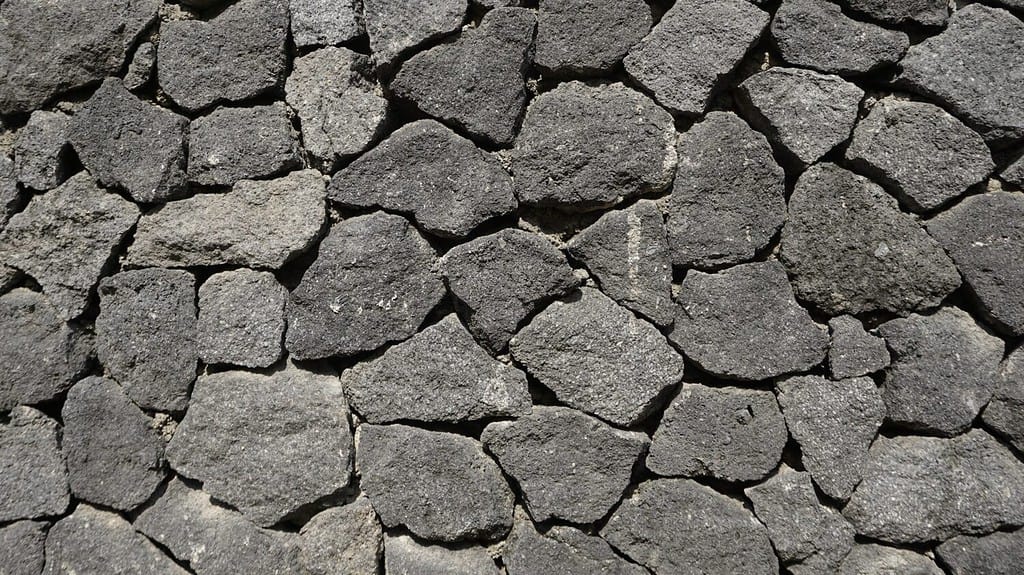
Because asteroids can contain basalt, it’s best to perform a mineralogical test.
©Susilo Prambanan/Shutterstock.com
Basalt is a fine-grained and dense volcanic rock. While basalt can range in its shading, it contains a high content of dark-colored minerals, making it appear dark gray or black. Basalt is also porous and can resemble the pits found in space rocks. In fact, other planets and asteroids produce basalt. If the stone you examine lacks a fusion crust, a chemical or mineralogical test is the only way to tell between a meteorite and basalt.
Black Tourmaline

Black tourmaline features heavy striations and a glossy appearance.
©michal812/Shutterstock.com
Tourmaline, or schorl, is a crystal with high iron concentrations and magnetic properties. It has a glossy finish and a brown or black color. Tourmaline has heavy vertical striations and is distinguished by its three-sided prisms. While you can find black tourmaline all over the world, it is pretty rare. It’s most often mined in Brazil in volcanic rocks.
Anthracite
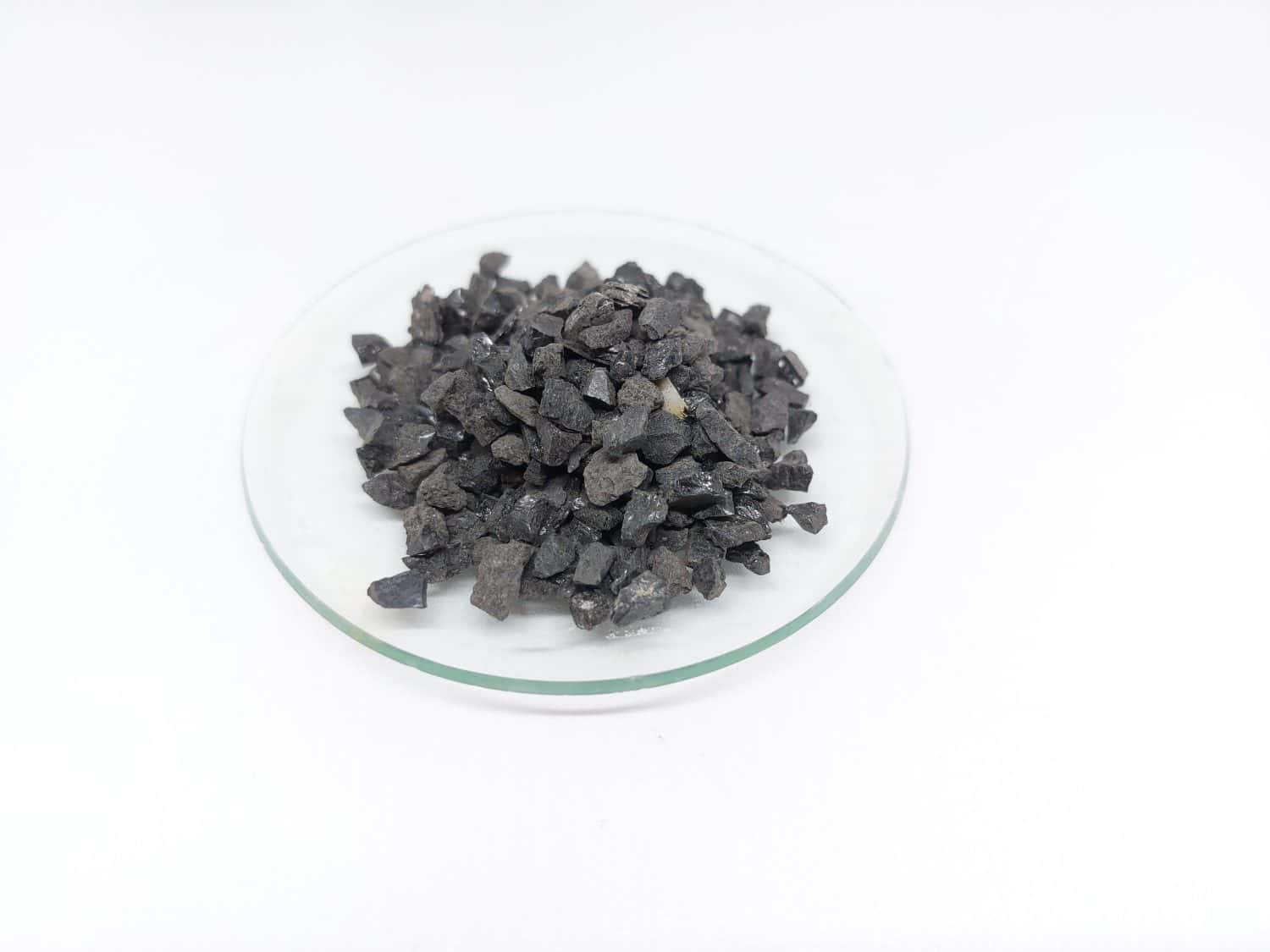
This hard black coal is chalky and submetallic and common across the United States.
©Yolanda SW/Shutterstock.com
Anthracite is hard black coal containing pure carbon and a submetallic luster. This compact form of coal is chalky, glossy, dark gray, almost black, and may contain pores. It is also very common across the United States, is difficult to ignite, and features a blue, smokeless flame when burned. While heavier than other forms of coal, anthracite is still relatively soft and lightweight.
Jet
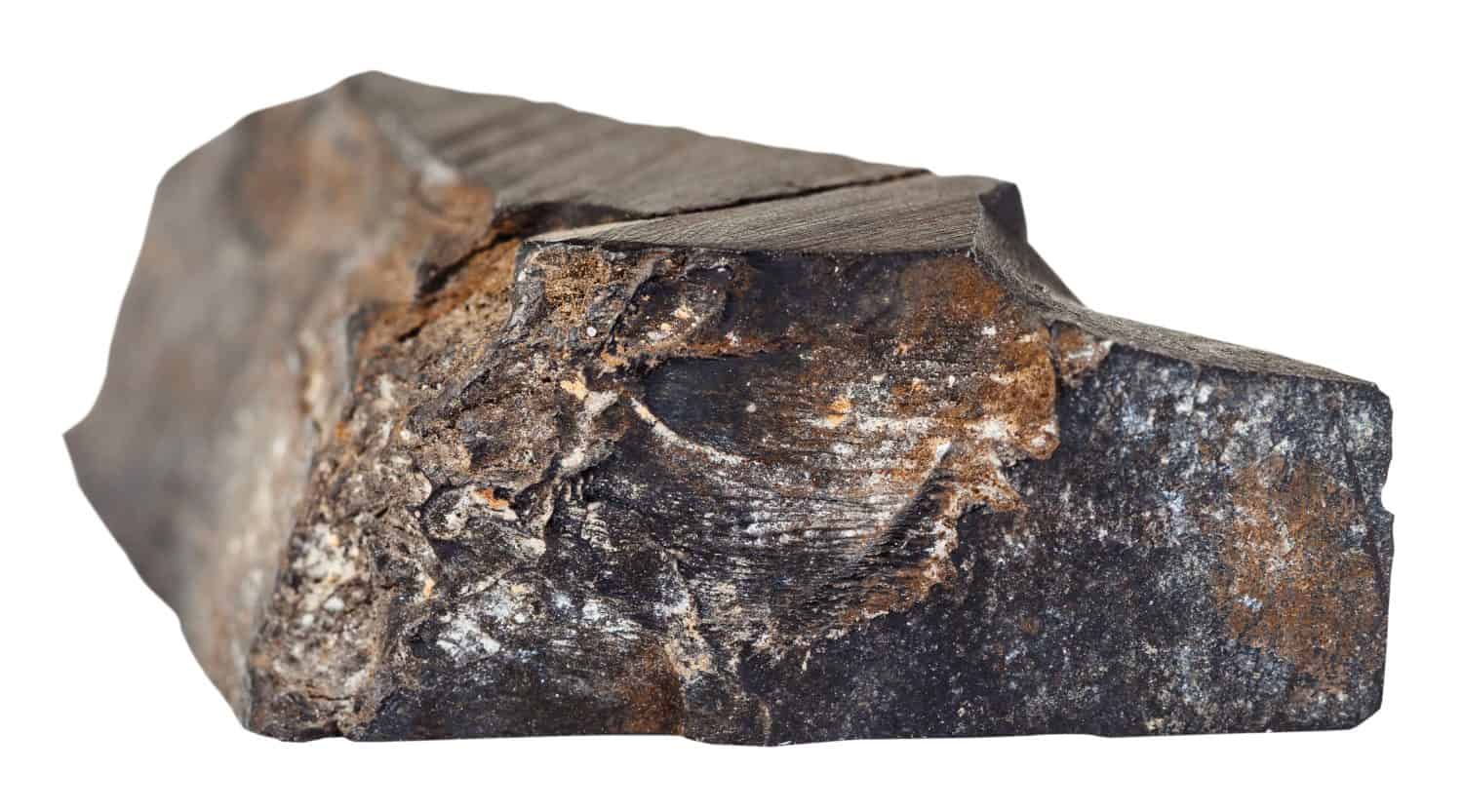
Jet is a soft, brown coal derived from wood.
©vvoe/Shutterstock.com
This low rank of coal is a lignite, a soft, brown, sedimentary rock. Jet is a mineraloid derived from wood and transformed under pressure. It can be black or dark brown and may contain a metallic luster. Pieces may also break off easily and give off an electrical charge when rubbed. Jet and anthracite may also be confused.
Ferberite

The mineral ferberite is shiny and contains prismatic crystals.
©CC BY-SA 4.0 – License
Ferberite is a black mineral and an iron endmember, a mineral at the extreme end of a mineral series. This mineral appears as a granular mass but is often shiny and contains elongated prismatic crystals. Ferberite can be found in hydrothermal deposits and granite rock.
Summary of the 10 Rocks That Look Like Meteorites
| Rocks That Look Like Meteorites | Distinct Characteristics |
|---|---|
| Slag | Glassy, vesicular |
| Magnetite | Leaves a gray or black streak when scratched against ceramic |
| Hematite | Rouge red pigment |
| Basalt | It does not contain a fusion crust |
| Black Tourmaline | Glossy, vertical striations |
| Anthracite | Chalky, glossy, soft, lightweight |
| Jet | Soft, dark brown, breaks off easily |
| Ferberite | Shiny, elongated prismatic crystals |
The photo featured at the top of this post is © Giuseppe Ramos G, Hello Swedish/ via Canva.com
Thank you for reading! Have some feedback for us? Contact the AZ Animals editorial team.



